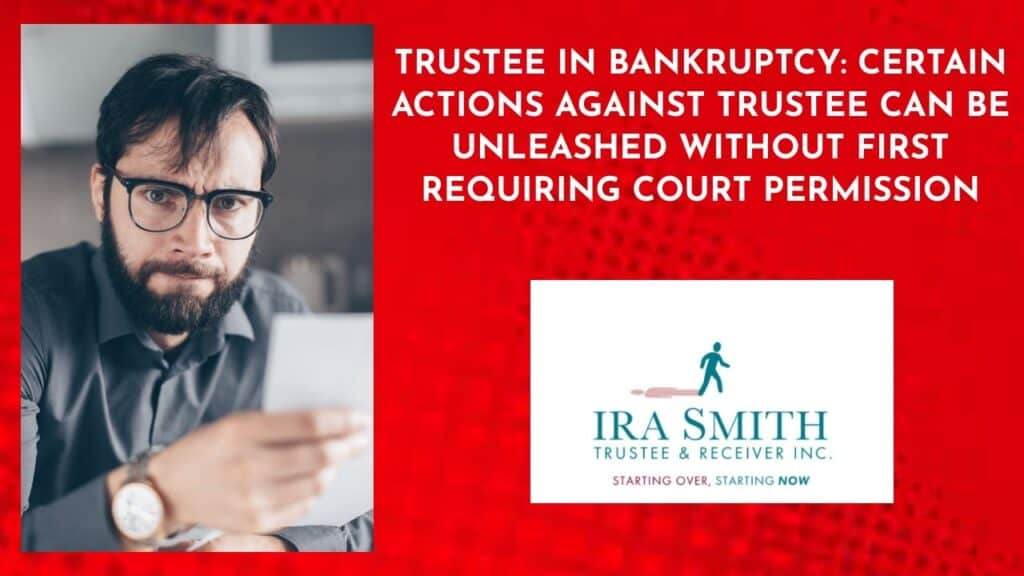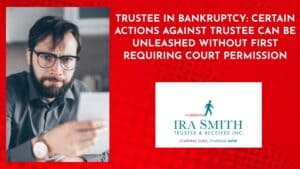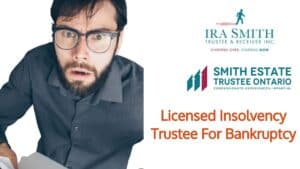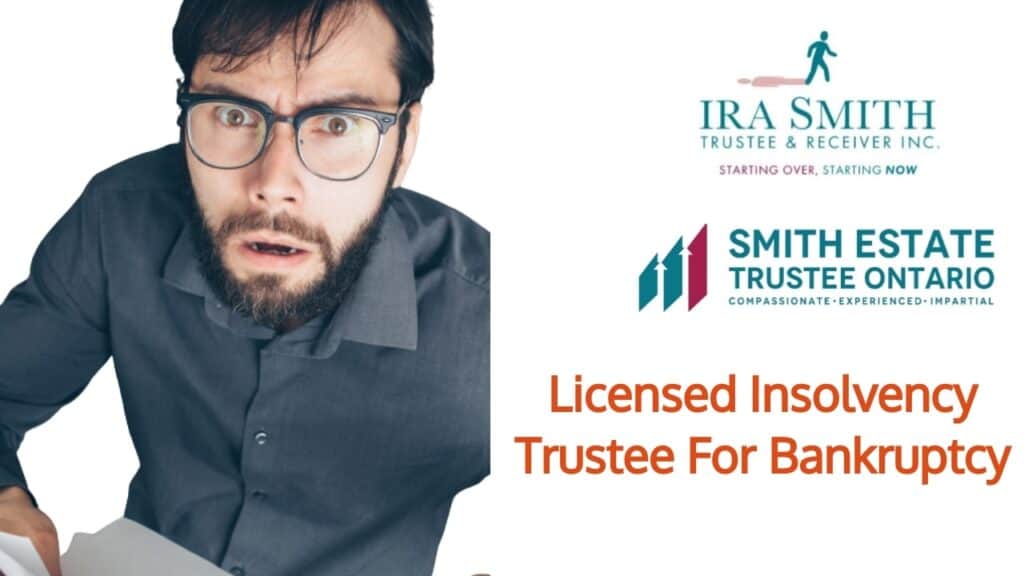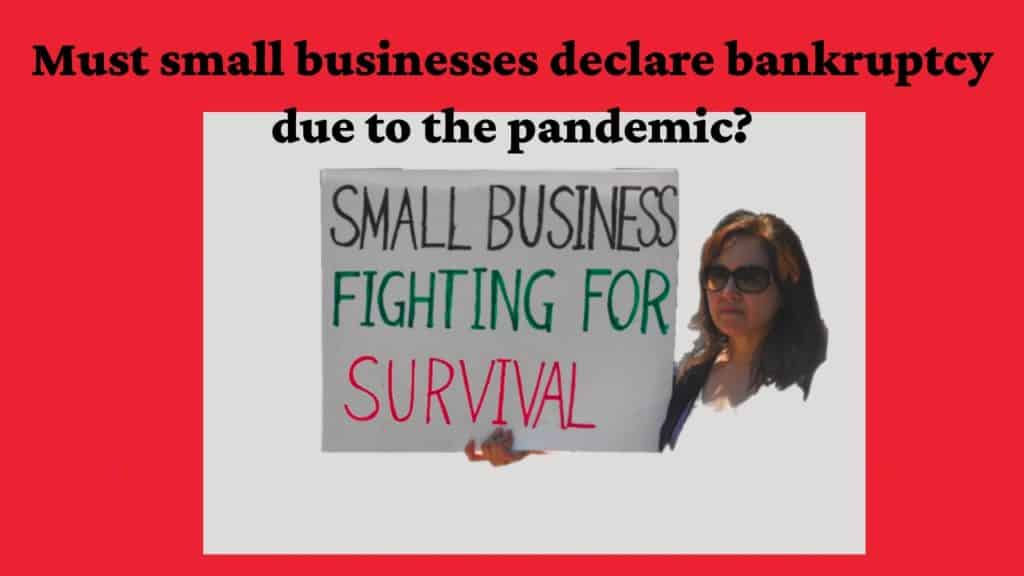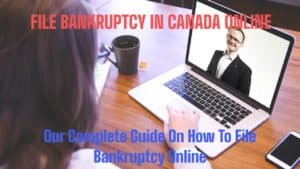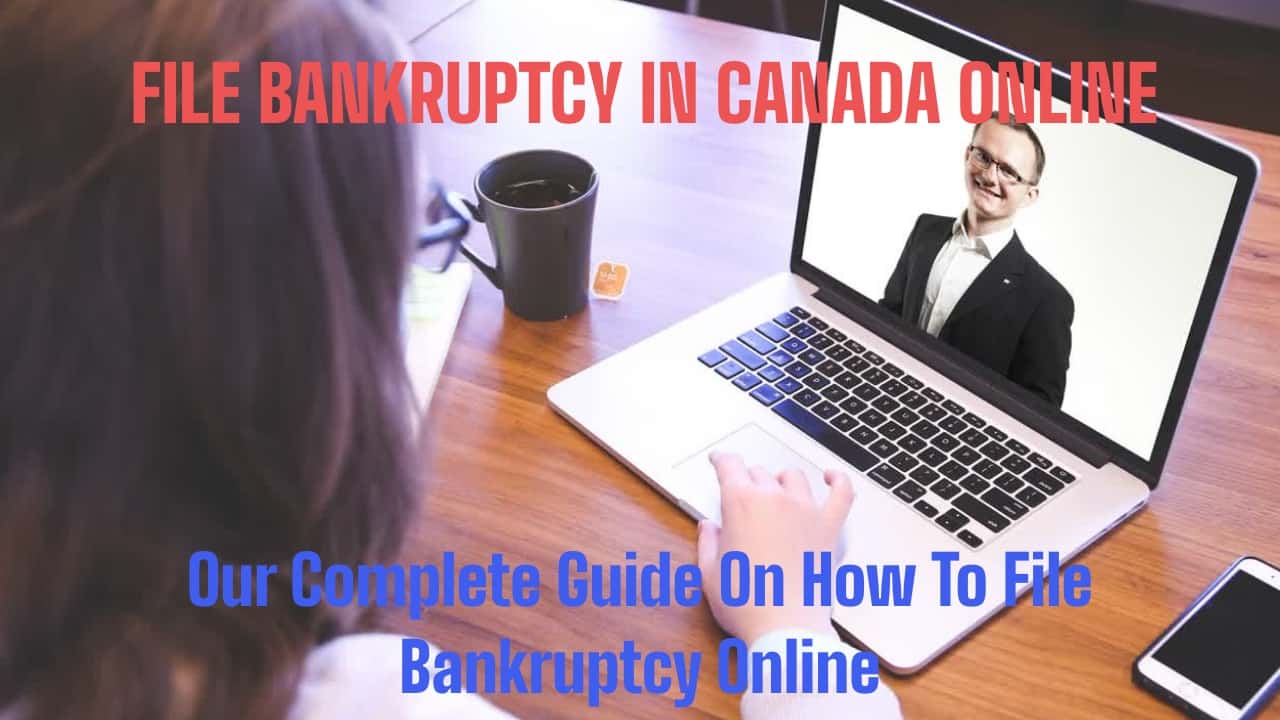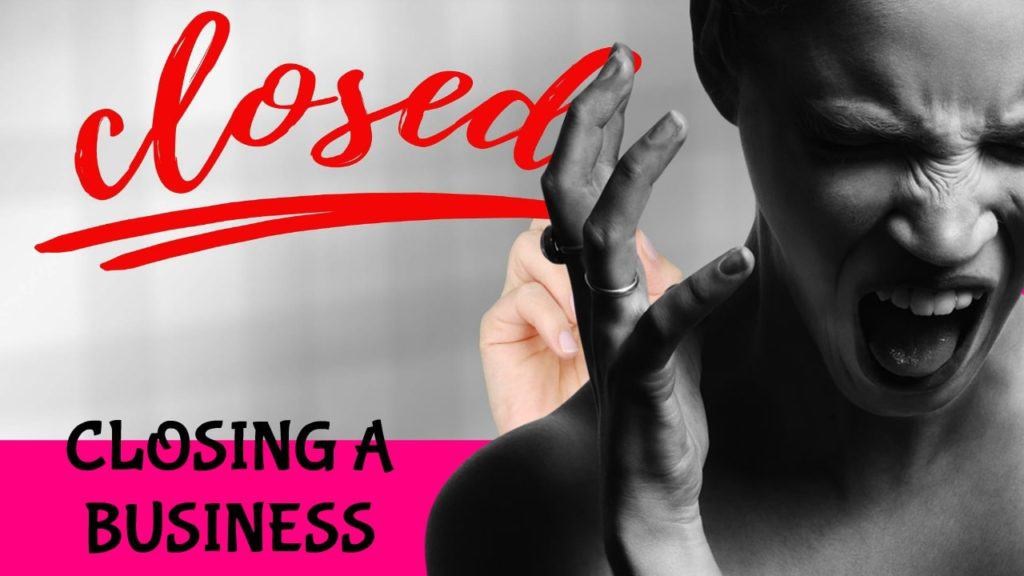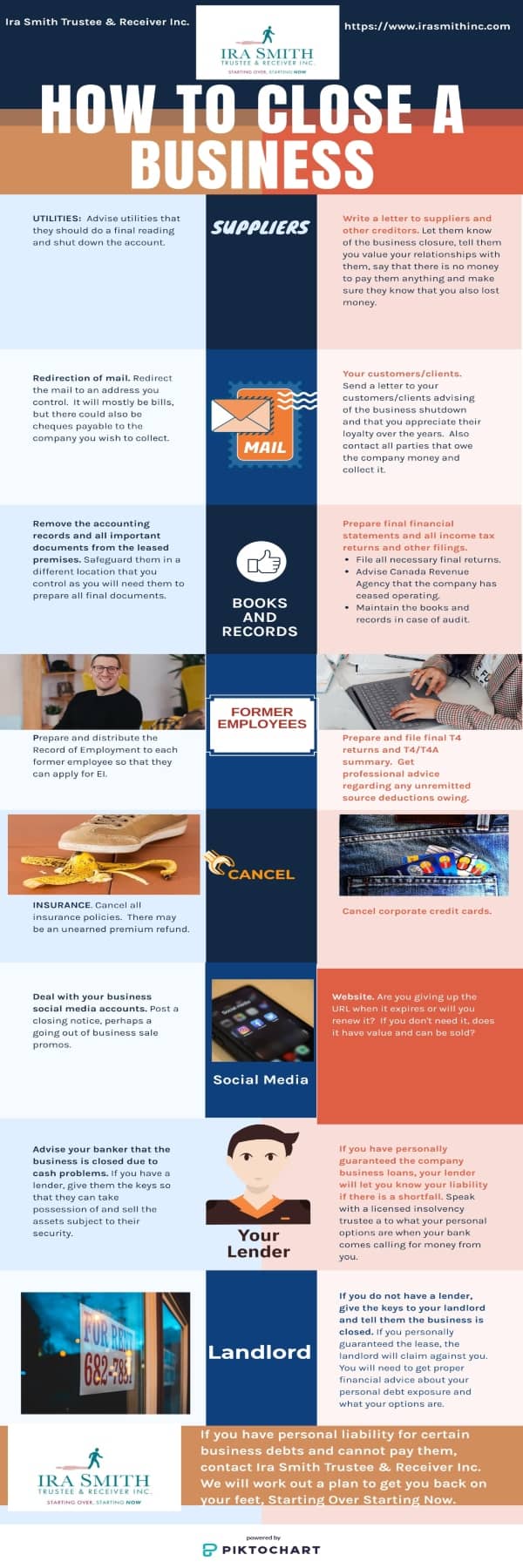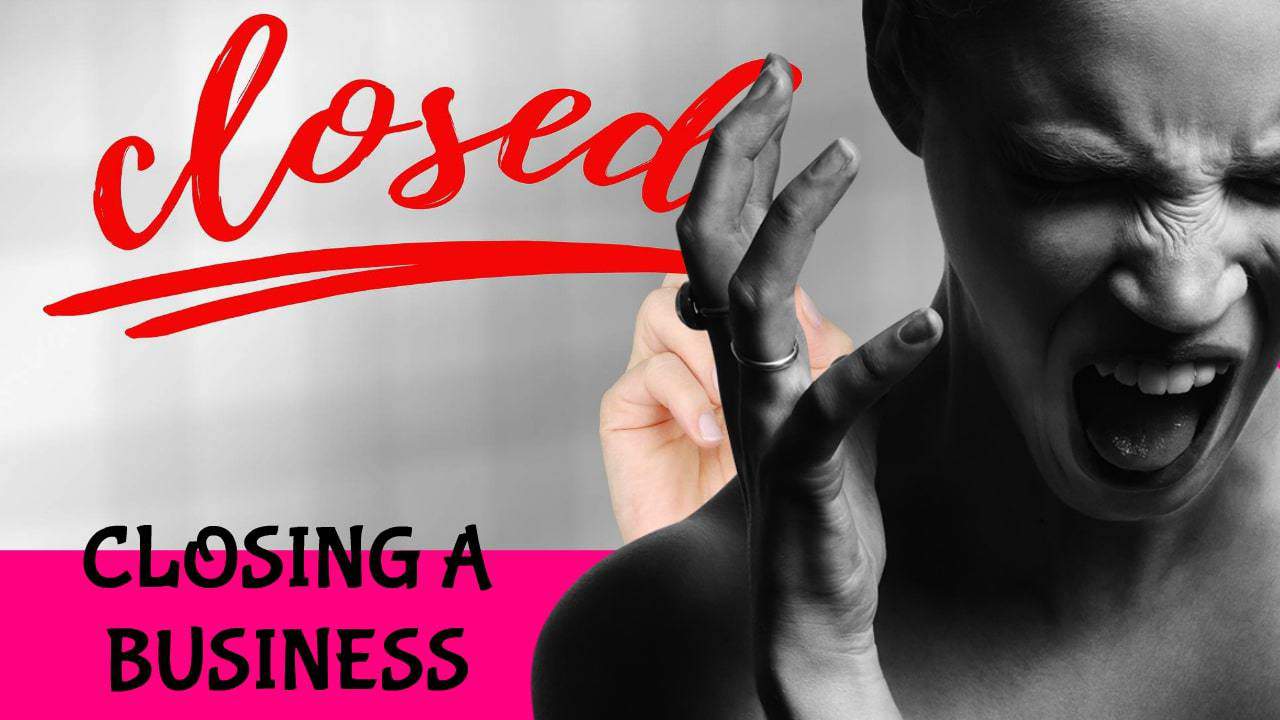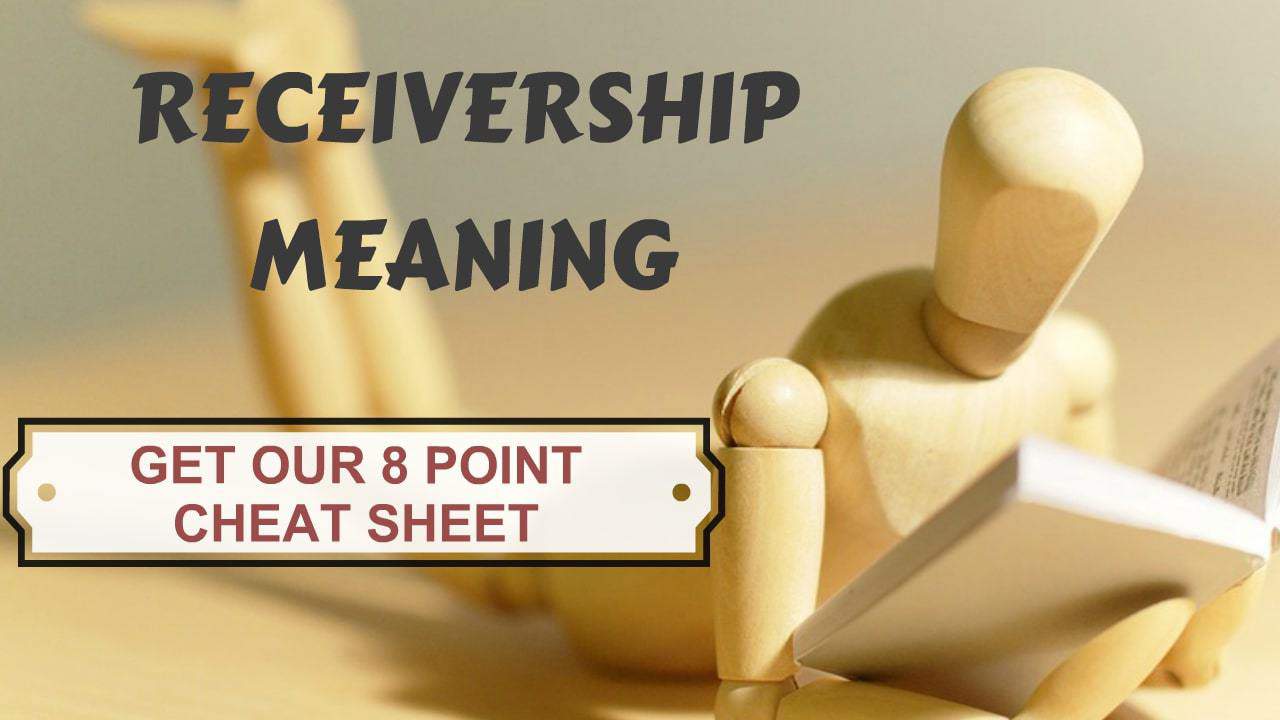We hope that you and your family are safe, healthy and secure during this COVID-19 pandemic.
Ira Smith Trustee & Receiver Inc. is absolutely operational and Ira, in addition to Brandon Smith, is readily available for a telephone consultation or video meeting.
gambling debt help
Gambling debt help: What is compulsive gambling?
There are various provincial-run casino games, horse racing and the sale of lottery tickets. Yesterday, the Canadian Senate passed Bill C-218, the Safe and Regulated Sports Betting Act, An Act to amend the Criminal Code (sports betting). Betting will now be allowed on single games in professional sports.
Gambling is certainly not going away. Some people will be able to control their gambling habits and do it in moderation. Others will not be able to and ultimately will need gambling debt help. The compulsive gambler will be the person who will truly be hurt.
The term “compulsive gambling” is often used to describe individuals with gambling disorders. Many compulsive gamblers have a history of severe gambling problems which began in childhood and have continued through adulthood with occasional periods of remission. Like many problems, compulsive gambling results from a combination of biological, genetic and environmental factors.
Today I explain how our program has helped many people in need of gambling debt help, to overcome both their gambling addiction and gambling debt.
Gambling debt help: What are the signs of gambling addiction?
For many people gambling can be just a form of entertainment—as long as they’re winning. But for some people, the thrill of winning can become an addiction. Gambling addiction is a powerful force that can have negative consequences for those who are afflicted.
Gambling behaviour that is symptoms and signs of gambling addiction that gambling addicts engage in include:
- Pathological gambling. Always thinking about placing bets, including regularly scheming precisely how to get more cash for wagering.
- Requiring to wager with boosted amounts of money to obtain the same thrill.
- Attempting to manage, lower or stop wagering, without success.
- Feeling flustered or cranky when attempting to reduce betting.
- Betting to forget about difficulties or relieve feelings of vulnerability, regret, anxiety and anxiousness or anxiety.
- Attempting to make up lost money by wagering even more (chasing losses).
- Lying to family members or others to conceal the seriousness of the situation.
- Preoccupation with gambling. Jeopardizing or giving up on crucial relationships, family life or work as a result of betting.
- Resorting to stealing or other criminal activity to get money for gambling after access to credit has been exhausted.
- Asking others to bail you out of the debt, including maxed-out credit cards, you have incurred as a result of gambling losses.
- Unlike a lot of casual gamblers that really only engage in what one might call social gambling, which stops after a certain amount of losses or winnings, people with addiction to gambling are compelled to keep playing to recover their money, a pattern that ends up being significantly hazardous over time.
If you can relate to one or more of these symptoms, then you may have a gambling disorder.

Gambling debt help: Gambling and betting debts?
There are two types of wagering financial debts:
- Debts for loans obtained, either direct borrowing from personal loans, lines of credit or a cash advance resulting in credit card debt; and also
- Credit granted by a casino to higher net worth people through markers for casino gambling.
In the first case, the cash from personal loans or credit card debts can either be used for gambling or, for necessary living expenses because the money earned from work that could buy those things was lost betting. Making use of markers at a casino is clearly a straight betting debt.
In the context of this discussion, it does not matter how the debt from gambling was incurred. Betting debts in bankruptcy (or a debt settlement proposal/consumer proposal) are claims provable under the Bankruptcy and Insolvency Act (Canada) (BIA).
Gambling debt help: Gambling debt bankruptcy
Let’s assume that you are dealing with only personal loans, lines of credit and credit card debt. We won’t touch on the topic of whether or not loan sharks recognize Canadian insolvency law as a reason why you can’t repay and ultimately do not have to repay your debts in full.
You can file an assignment in bankruptcy on gambling debts. But it is not going to be that straightforward when gambling debts are involved. There are different concerns that people with gambling dependency and also financial obligations as a result of gambling must initially take into consideration with the bankruptcy trustee (now called a licensed insolvency trustee) (Trustee) during your initial no-cost consultation.
The significant issues are:
- Your assets.
- What is your annual revenue?
- Have you ever before been bankrupt?
- Full disclosure of all your liabilities, not just direct losses from gambling activities.
- Have you not been paying your tax obligations as a result of gambling money so that the Canada Revenue Agency is a creditor, and perhaps a major creditor?
- Getting compulsive gambling addiction advice and entering into long-term therapy for the gambling issue. Gamblers Anonymous is the most renowned program.
- Getting a discharge from bankruptcy. Rehabilitation is a vital part of the BIA. To obtain a discharge from bankruptcy, a bankrupt will need to reveal that they have constantly gone to therapy sessions as well as have actually stopped their addictive behaviour. They will have to prove that they are not continuing in the same behaviour as an addicted gambler.
- Is a consumer proposal available for you to avoid bankruptcy?
Gambling debt help: There are many issues in addition to just getting gambling addiction debt help
If you are insolvent and pick the bankruptcy route, you will encounter several issues:
- If you have non-exempt assets or equity in non-exempt possessions, your share of those assets belongs to your Trustee. For instance, if you are a co-owner of your marital residence, that would come to the Trustee and now your partner, or a buddy or loved one would have to buy your interest back.
- If your regular income is more than the poverty line you will have surplus income to pay to the Trustee. If you have never been bankrupt before, with surplus income, you will have to make a regular monthly payment for 21 months. You cannot look for bankruptcy discharge till after that. If you have been previously bankrupt, the 21 months stretches to 36 months.
- When it is revealed that your financial obligations are because of your gambling issue, you can anticipate your creditors to oppose your discharge from bankruptcy. At the discharge hearing, you will not only have to show your financial rehabilitation, but also addiction rehab. It is irrelevant what types of gambling activities you engaged in: dice, horses, lotteries, cards, in person or online gambling. I have seen it all and the where, how and when is irrelevant.
Gambling debt help: Gambling debt bankruptcy, your discharge from bankruptcy and your gambling addiction
If you owe a huge amount of unpaid income tax to Canada Revenue Agency, you can expect them to strongly oppose your discharge from bankruptcy. Your Trustee needs to oppose your discharge from bankruptcy when your bankruptcy is an outcome of gambling. The reason is under the BIA, there are different facts, if shown, it is impossible to get an absolute discharge from bankruptcy.
Section 172 of the BIA allows the Court to make an order of discharge which is either absolute, conditional, suspended or even refused. Where a fact under s. 173 of the BIA is proven, an absolute discharge is precluded.
Gambling addiction which brings on or contributes to bankruptcy is an acknowledged s. 173 fact. (BIA, s. 173(e)). That is why your Trustee would certainly need to oppose your discharge from bankruptcy. Within any decision on your discharge, the Court and the Trustee demand to keep the integrity of the Canadian insolvency system. You can think that your discharge will certainly at the very least be conditional upon you paying a certain amount of cash to your Trustee. A bankruptcy discharge suspension for a certain time after you pay the condition is likewise feasible. If your behaviour was especially egregious, your discharge from bankruptcy might be straight-out refused.
At the discharge hearing, you will have to show that you are taking concrete steps to end your addiction and are receiving gambling addiction advice and therapy. You will also need to show that your financial situation is improving.

Gambling debt help: Going bankrupt doesn’t seem to be an easy fix
You are right about that. As if the above concerns weren’t enough, depending on certain scenarios, there could be more issues facing you in your quest for gambling debt help.
Therefore, I always recommend to debtors that if there is the possibility to get gambling debt help through a financial restructuring with a debt solution process of either a consumer proposal or Division I Proposal, they must seriously take a look at that with the Trustee to see if it is better to declaring bankruptcy.
Gambling debt help: What must you do if you have gambling debts and are considering a gambling debt bankruptcy?
I hope that you found this gambling debt help Brandon Blog interesting. Among the countless problems that can arise if you have gambling debts, you may also find yourself in a situation where you have gambling debts, need gambling debt help and are considering a gambling debt bankruptcy. The same is true for debts arising from any other type of addiction.
If you are concerned because you or your business are dealing with substantial debt challenges, whether you need gambling debt help or just plain old debt help and you assume bankruptcy is your only option, call me.
It is not your fault that you remain in this way. You have actually been only shown the old ways to try to deal with financial issues. These old ways do not work anymore.
The Ira Smith Team utilizes new modern-day ways to get you out of your debt difficulties with debt relief options as alternatives to bankruptcy. We can get you the relief you need and so deserve. Our professional advice will create for you a personalized debt-free plan for you or your company during our no-cost initial consultation.
The tension put upon you is big. We know your discomfort factors. We will check out your entire situation and design a new approach that is as unique as you and your problems; financial and emotional. We will take the weight off of your shoulders and blow away the dark cloud hanging over you. We will design a debt settlement strategy for you. We know that we can help you now.
We understand that people and businesses facing financial issues need a realistic lifeline. There is no “one solution fits all” method with the Ira Smith Team. Not everyone has to file bankruptcy in Canada. The majority of our clients never do as we know the alternatives to bankruptcy. We help many people and companies stay clear of filing an assignment in bankruptcy.
That is why we can establish a new restructuring procedure for paying down debt that will be built just for you. It will be as one-of-a-kind as the economic issues and discomfort you are encountering. If any one of these seems familiar to you and you are serious about getting the solution you need to become debt-free, contact the Ira Smith Trustee & Receiver Inc. group today.
Call us now for a no-cost bankruptcy consultation.
We hope that you and your family are safe, healthy and secure during this COVID-19 pandemic.
Ira Smith Trustee & Receiver Inc. is absolutely operational and Ira, in addition to Brandon Smith, is readily available for a telephone consultation or video meeting.


